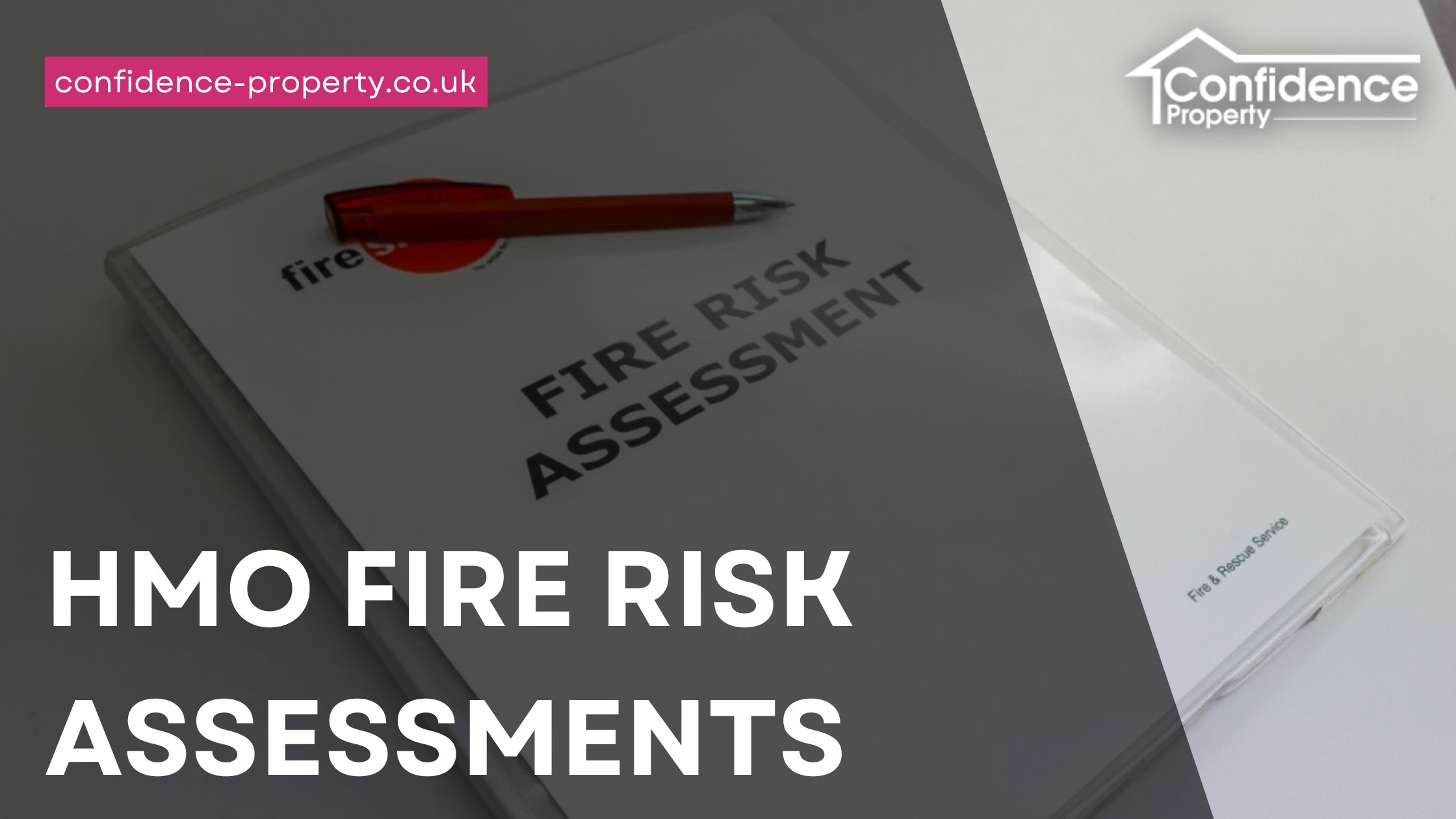Ensuring the safety of tenants in Houses in Multiple Occupation (HMOs) is not just a moral obligation but a legal requirement under the Regulatory Reform (Fire Safety) Order 2005 and the Housing Act 2004. Regular HMO fire risk assessments are essential to maintain compliance with fire safety regulations and protect residents from potential fire hazards.
Understanding Fire Risks in HMOs
HMOs are unique in their structure and occupancy, often housing multiple tenants who share common areas. This increases the complexity of fire safety management. Properties that fall under the HMO category have at least three tenants forming more than one household, and larger HMOs (three or more storeys or housing five or more tenants) require a licence.
Legal Framework and Responsibilities
Under the Regulatory Reform (Fire Safety) Order 2005 (Article 9) and the Housing Act 2004*, landlords or managing agents (referred to as the “Responsible Person”) are required to carry out comprehensive fire risk assessments. This assessment must be suitable, sufficient, and regularly reviewed to account for any changes in the property or its use.
*While the Housing Act 2004 itself does not explicitly state that a fire risk assessment must be conducted, the requirement for ensuring that HMOs meet fire safety standards effectively mandates such assessments
Conducting HMO Fire Risk Assessments
Step-by-Step Approach
- Identifying Hazards: Examine potential fire hazards like faulty electrical systems, flammable materials, and blocked escape routes.
- Evaluating Risks: Assess the level of risk associated with each hazard, classifying them as low, medium, or high.
- Implementing Safety Measures: Install necessary fire safety equipment and ensure escape routes are clear.
- Educational Responsibilities: Provide tenants with information on emergency procedures.
- Regular Review and Update: Continuously review and update fire safety measures to reflect changes in the property.
Regular Reviews and Updates of HMO Fire Risk Assessments
Fire risk assessments should be reviewed at least annually or whenever significant changes occur in the property. This ensures that all fire safety measures remain effective and up to date with current regulations. Failure to comply with these requirements can lead to severe penalties, including fines and imprisonment.
Why is a Fire Risk Assessment Required in an HMO but Not a Single Let?
Increased Complexity and Risk in HMOs
HMOs inherently carry higher fire risks compared to single-let properties due to several factors:
- Multiple Households: HMOs accommodate multiple unrelated tenants who may have different lifestyles and habits, increasing the likelihood of fire hazards such as unattended cooking or smoking indoors.
- Shared Facilities: Common areas like kitchens, living rooms, and corridors are shared by all tenants, creating higher foot traffic and more opportunities for fire to start and spread.
- Fire Safety Equipment: More complex fire safety measures are required in HMOs, including multiple smoke alarms, heat detectors, fire doors, and emergency lighting, which need regular inspection and maintenance.
- Escape Routes: Ensuring clear and accessible escape routes is more challenging in HMOs due to the number of tenants and the complexity of the building layout.
Who Should Carry Out HMO Fire Risk Assessments?
The Regulatory Reform (Fire Safety) Order 2005 specifies that a fire risk assessment must be carried out by a “competent person.” This means someone with the necessary training, knowledge, and experience to identify fire hazards and implement appropriate safety measures.
Landlord
Landlords may choose to conduct fire risk assessments themselves to save costs and maintain direct control over the process. However, this approach requires thorough knowledge of fire safety regulations and significant time commitment. If the assessment is inadequate, landlords could face severe legal repercussions in the event of a fire.
Agent
Managing agents can perform fire risk assessments on behalf of landlords. This option provides a balance between cost and expertise, as agents are often familiar with property regulations. However, it is crucial to ensure that the agent has the necessary fire safety knowledge and experience to conduct a comprehensive assessment.
Fire Protection Company
Hiring a fire protection company might seem convenient, but it can present a conflict of interest. These companies might have a vested interest in identifying issues that they can subsequently charge to fix. This could lead to unnecessary expenses for the landlord.
Independent Fire Risk Assessor
Engaging an independent fire risk assessor is often the best option for an unbiased and thorough evaluation. Independent assessors bring specialised knowledge, stay updated with the latest regulations, and provide peace of mind that all safety measures are genuinely necessary and not driven by profit. This approach ensures compliance and enhances tenant safety without the risk of conflicts of interest. At Confidence Property we work with a Competent Fire Risk Assessor accredited with the Nationally Accredited Fire Risk Assessors Register.
Conclusion
Regular fire risk assessments are crucial for ensuring the safety of tenants in HMOs and maintaining compliance with legal requirements. By understanding the unique fire risks associated with HMOs and implementing comprehensive safety measures, landlords can create a safe living environment.
HMO Fire Risk Assessments – have you had one done within the last 12 months?
If not, then you are not compliant and risk fines and prosecution.
Take action now and book a FREE Q&A call with our friendly HMO expert.







